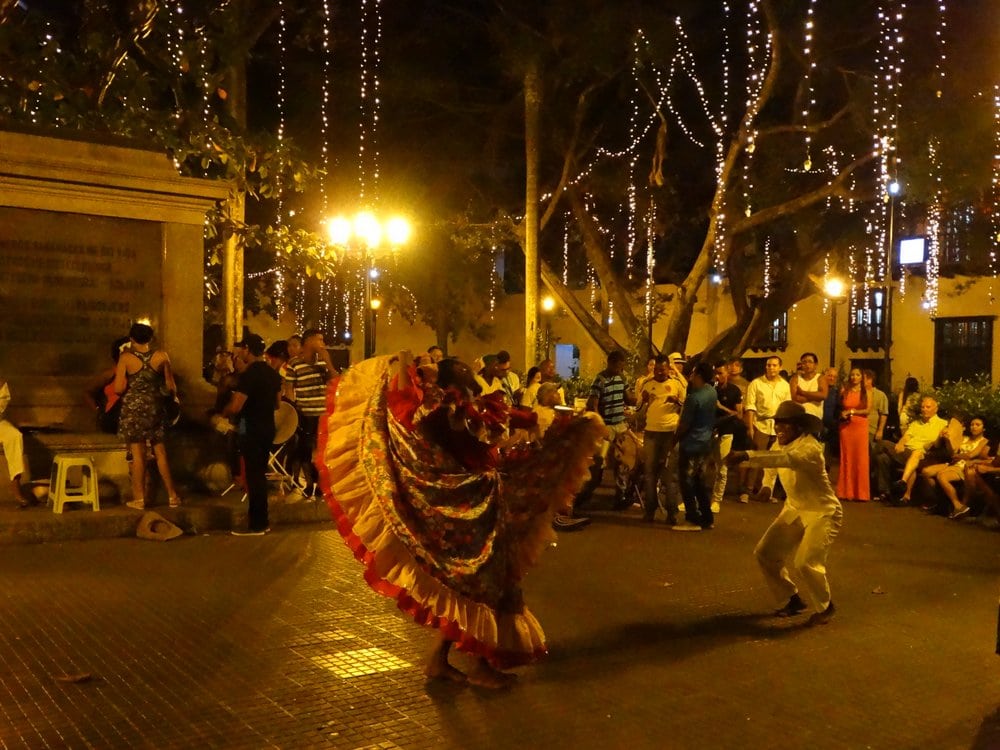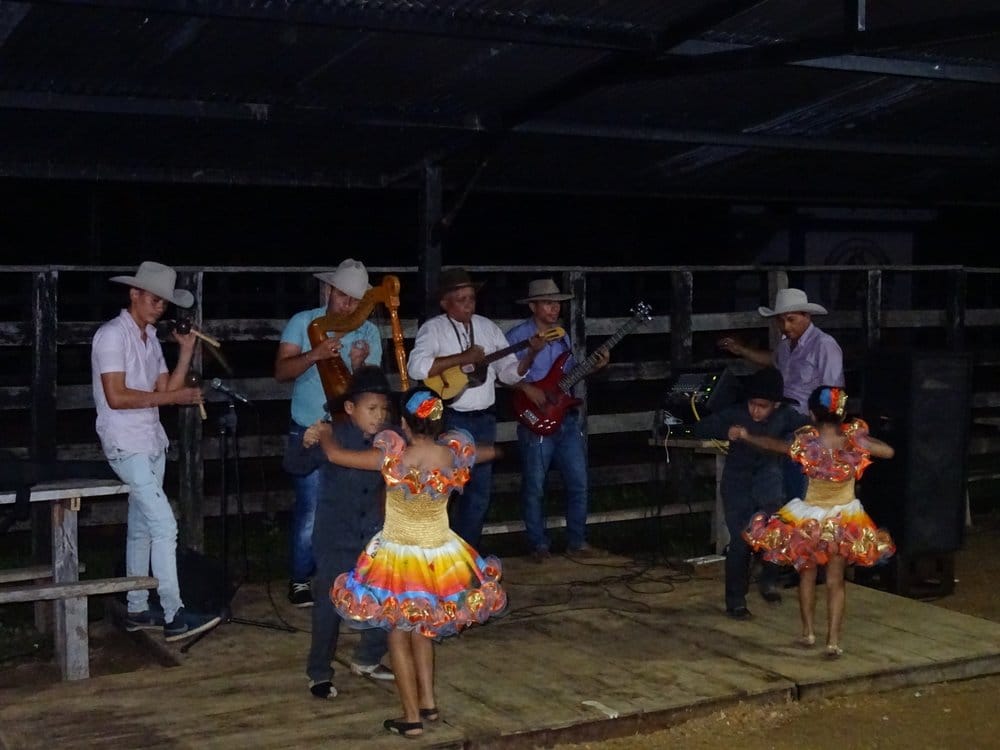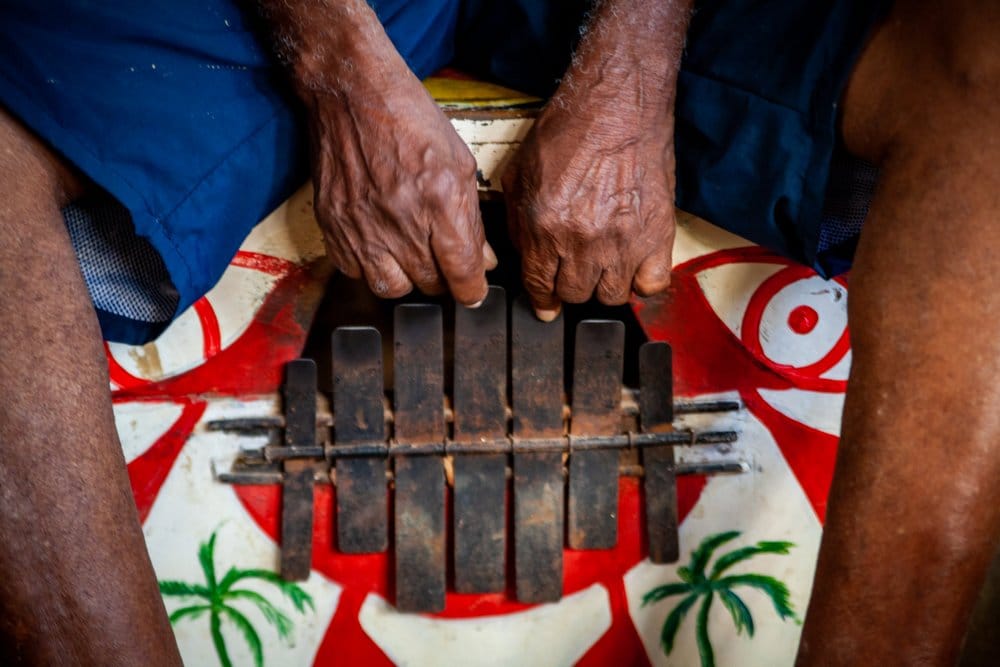Colombian music: a display of diversity and cultural heritage
Diversity is a word that has been used to describe Colombian culture many times. Even though it is accurate, it does not embrace the endless numbers of traditions of each region.
Colombian music is only one part of this vast world and we are going to try to do some justice to it by looking at the main rhythms that we have inherited from our indigenous people and the Spaniards.
During Colombia’s musical history, 1025 rhythms have emerged and have been grouped into 157 genres. That paints a picture of how music is part of the everyday life of Colombians and explains why there is a party on every corner.
To say that that Colombians love music is basically an understatement. So, let’s look at the main regions and beats that keeps the country going.
The Caribbean: the hottest beats in town
A mix of sounds, flavors and colors make this part of the country one of the most touristic ones. Not only is the weather perfect all year round, but the parties have no reason or end. The biggest musical influence comes from indigenous and African heritage, two cultures that collided when the Spanish Crown touched ground.
Cumbia is the one that leads the group. The rhythm is marked by drums, maracas and pipes, along with the chants and coplas. Movements here are sensual and seductive. Garabato, mapalé, porro, bullerengue and champeta, among others, are the other pieces that complete the puzzle.

This region is also home to one of the most representative rhythms of Colombian music: vallenato. Considered Intangible Cultural Heritage by UNESCO, vallenato has its roots in La Guajira, the farthest north end of the country.
However, the Festival de la Leyenda Vallenata currently takes place in Valledupar and has been done every year for the last 50 years. The caja vallenata (an African tambour), the guacharaca (an indigenous instrument that mimics the sound of a bird) and the accordion (originally from Germany) represent the merging of three cultures into one single rhythm.
Los Llanos Orientales: Colombian music from the plains
Once again, the influence of the music here originates from the Spanish conquest and the instruments Europeans used to play. Over the years, this cultural mash up has given rise to the traditional sound of the harp, maracas and cuatro (a Latin American string instrument): joropo.
This is a legacy we share with the neighboring country of Venezuela, where traditions do not have borders. This is the most stimulating, galloping and rhythmical genre in Latin America that includes intense footwork, revealing the connection to the flamenco background. El llanero (a sort of a cowboy) oversees singing and reciting passages and poems.

The Andes: Colombian music from the highlands
This area is comprised of the departments of Cundinamarca, Boyacá, the Eje Cafetero (coffee triangle), Antioquia, Tolima, Risaralda, Quindío, Huila, Caldas and Santander.
After the Caribbean, it is the area with the greatest musical diversity. Bambuco influences most of the Colombian music. This genre is listened to in a great number of towns and cities along the Andes. It is performed by duets or trios that use the guitar, the tiple and the bandola — all stringed instruments.
Other traditional dances such as sanjuanero, guabina, pasillo, torbellino and carranga are part of the rich history of the area. The latter is the newest addition to Colombian music, since it appeared on the scene around the 80’s. It is widely listened to in Boyacá, especially during tejo games. Jorge Velosa is the visible face of this young genre.
The Pacific: Colombian music for the soul
Marimba music, traditional songs and traditional dances were declared Intangible Cultural Heritage by UNESCO. But to understand the musical history of the Colombian Pacific, it is necessary to divide the territories in two.
In Chocó, in the North, Chirimía is a musical influence inherited from the traditional military bands that arrived with the Spanish, and it coexists with the alabaos, lullabies and seamen songs you hear along the rivers.

The South, on the other hand, is made up of the departments of Cauca, Valle del Cauca and Nariño. The musical expression is marked by the marimba, an instrument made of wood, which sets the tempo of the currulao.
It also has a big African influence, so the sounds are also full percussion from different types of drums. It has a leading voice, followed by a backup choir, a structure inherited from the religious origins of this music.
As ProColombia stated, “music is a universal language and an expression of diversity, that allows people to connect the physical, intellectual, emotional and spiritual journey, in order to have a unique and memorable experience”.
And, this is what Colombia is all about! Come and discover it for yourself!
If you need help or guidance with the planning process of your trip to Colombia, don´t hesitate to contact us. We have a team of travel experts looking forward to help you have the best holiday of your life.
